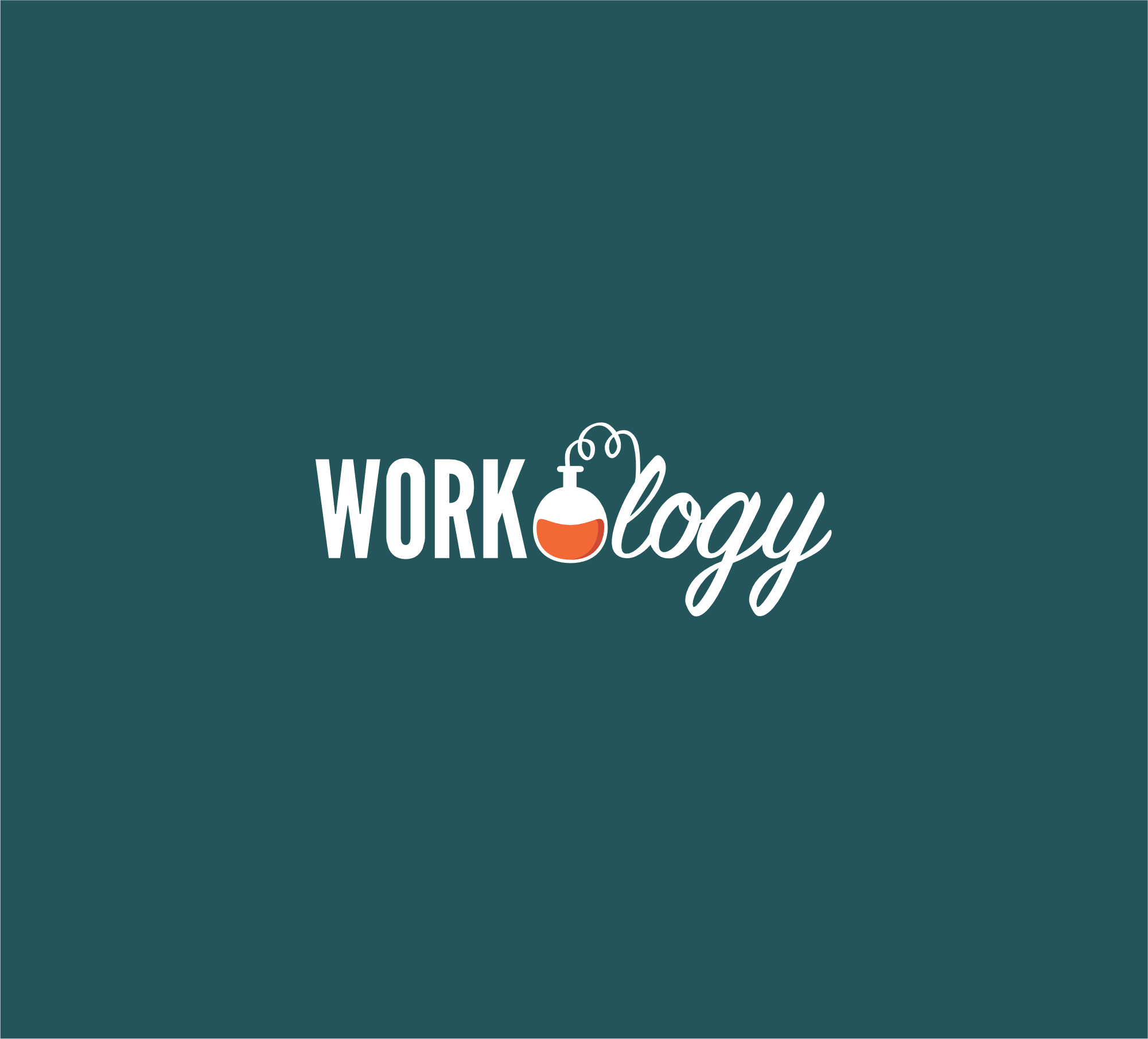Should I Use a Job Description Template?
So you need to write a job description. Either you’re setting out the parameters of a new job in your workplace, or you’re changing the description of a job that already exists but has changed substantially. Should you just wing it or go the tedious route of working off a template? Be boring. Use the template.
While job posts are essentially marketing, job descriptions are meant for internal use. In unionized environments, job descriptions can make the difference in negotiations and grievances. In non-unionized environments, a poorly written job description can give employees an edge to push for a raise, or a bad manager room to exploit their team. Job descriptions must be precise. They must contain all the most important information about the role. They should be standardized. And finally, they should be thoroughly proofread and approved by key stakeholders, including HR, senior management, and in some cases, legal.
So yeah. Use a job description template.
Why Job Descriptions Are Important For Candidates and Employees
Although many candidates don’t see your job description, it’s still important to them — because your well written job description, that encompasses the most important aspects of the role, will be the basis for your job posting. Writing job posts without job descriptions is, to put it mildly, difficult and fraught with peril. Trust me, I’ve done it. The result is those confused job posts for entry level coder-magician-ninja-writers, confused candidates and frustrated new hires.
But job descriptions aren’t just important to potential employees, they’re also important to past and current employees. It’s frustrating when an employee tells you that a core aspect of their work isn’t in their job description but… why wasn’t it? Job descriptions provide basic parameters for every role in the company and help to map out potential career paths within (and without the) company. If you, when writing the description and getting it approved, don’t understand the role, it’s hard to expect that candidates or employees will.
Why Job Descriptions Are Important for Companies
Having well-written, standardized job descriptions is important for organizing and understanding your workforce. Even in smaller companies where duties overlap, job descriptions can help to outline the differences between team members and what can and should be required of them. Conversations about compensation, performance and overall team effectiveness often use job descriptions as a benchmark. Compliance audits also make reference to job descriptions, so make sure you’re doing them right.
Lines may blur, but there are some things you just can’t ask of an hourly employee, a contingent worker, or a line manager. A when you, or a member of the management team, severely misunderstands employee roles, there are opportunities for abuse with legal consequences. Job descriptions are an important tool in understanding the parameters of a role and its importance within the workforce, one that can help to prevent such messes.
What Should A Job Description Include?
Job descriptions are one of the most basic but important parts of organizing your workforce for efficiency effectiveness. They should outline:
The duties and responsibilities of the role and the importance of each
What their role contributes to the organization as a whole
The position of the role within the company
Understand these points by performing a job analysis, thinking about:
What team the role belongs to
What tools and which accesses the role requires
What level of authority and supervision the role requires
What education and special skills the role requires
What special demands, if any, the role requires (for example, particular physical or scheduling demands)
For an existing role, you can perform a job analysis by documenting the team member’s duties and activities over time, and by talking to them and their team about what they contribute to the organization as a whole. For a new role, it’s a bit harder. Even careful planning, with reference to your org chart, isn’t a match for seeing how the role evolves in the real world. Write the best description you can and revise it as necessary, once you and other stakeholders have a better sense of what’s truly required.
Because job descriptions are used as a reference tool in discussions around promotion, compensation, development and assessment, it’s important to review them regularly. Team members sometimes exceed the parameters of their roles-as-written, either temporarily or permanently. Ensure that job descriptions keep pace with permanent changes to roles — if you don’t, you may find yourself flat-footed in discussions about compensation or performance assessment.
You can find a job analysis worksheet here at SHRM.
3 Examples of Job Description Templates
Rather than googling for job description templates every time it’s time to create or update a role, you should have one template on file that every member of your organization understands and works from. It should outline the core responsibilities of the role, its place in and importance to the organization, and it should include a space for dated approvals by yourself and management.
If your organization doesn’t already have a job description template on file, you can develop one based on a free template.
Workable has dozens of job description templates for a variety of roles, outlining some of the basic responsibilities that are commonly assigned to each.
The Canadian HR Council has a very basic template that can be adapted for any role.
MIT HR has another basic template with tips on how to write job descriptions with an eye toward compliance.
Job descriptions are a surprisingly important piece of HR and business documentation, even for small businesses. Take them seriously, because if you don’t, you’ll have cause to regret it. Having a job description template on file — and using it to regularly review and revise descriptions — will go a long way to helping you get your workforce planning on track.








3 Comments
Hello, this article was helpful, however I’m also looking for some direction on how to tackle the process of the review? where do I start, and what it’s based on etc? can you give me any leads or point me to sites that I can research?
You mean how do you start reviewing your existing job descriptions to see if they include that they need to?
great article, Megan! You should also check out https://www.adaface.com/job-description-generator.
Comments are closed.